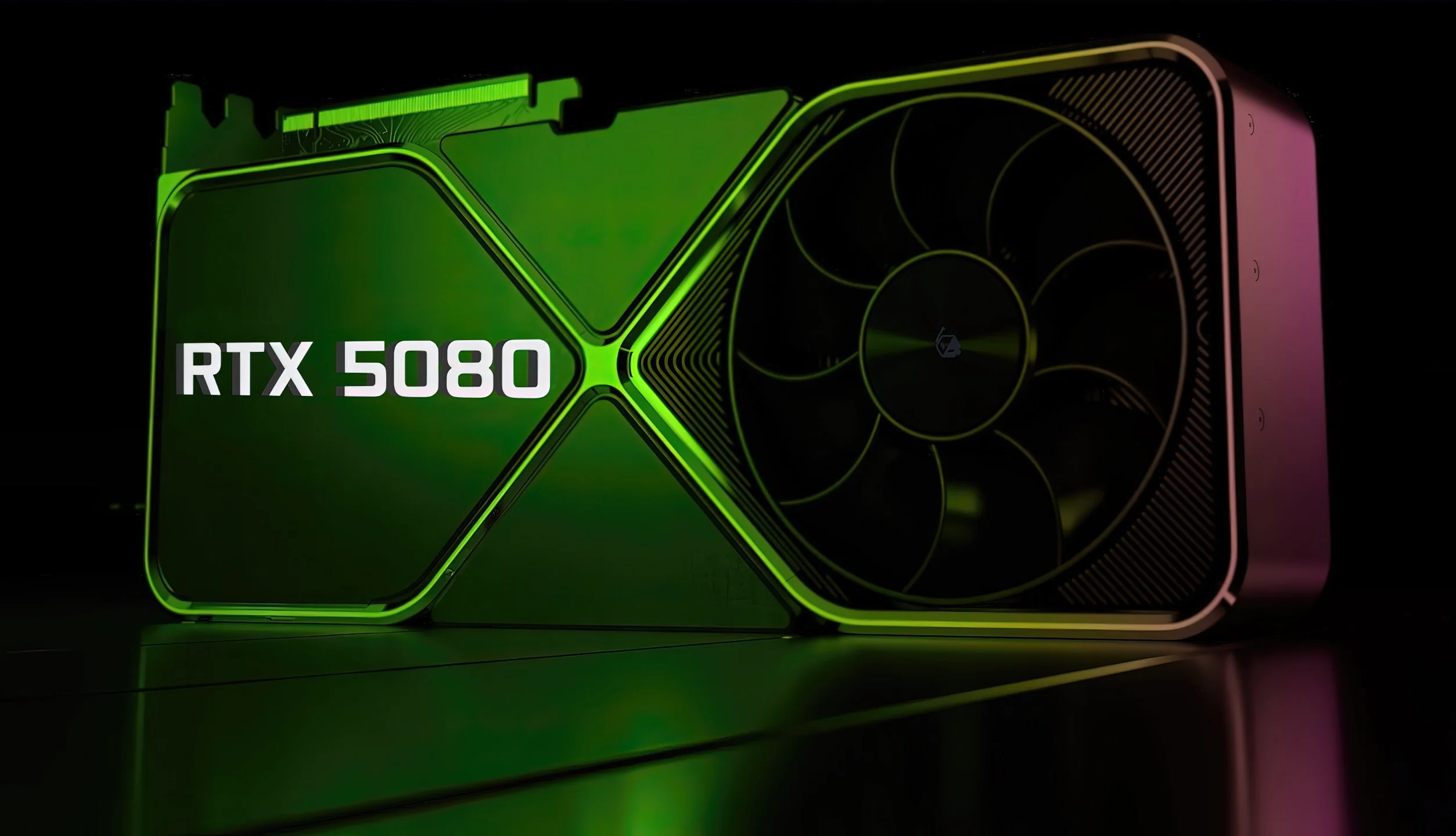The tech world is buzzing with excitement following a massive leak revealing crucial details about AMD’s upcoming RDNA 4 architecture, set to make its debut at CES 2025. Known for pushing the boundaries of gaming and computing performance, AMD’s RDNA series has quickly become a direct competitor to Nvidia’s powerhouse GPUs, and the RDNA 4 family is poised to be no exception.
In this article, we’ll dive into the leaked names and tentative specifications of AMD’s RDNA 4 desktop and laptop GPUs, providing a glimpse into what could be the next big leap in GPU technology.
AMD RDNA 4: What’s Coming in 2025?
AMD’s RDNA 4 architecture is expected to take the company’s GPU lineup to new heights, boasting significant performance gains, efficiency improvements, and new features. The leak, which comes from trusted sources within the hardware industry, sheds light on some key models, both for desktops and laptops, that are expected to hit the market in 2025.
While official details have yet to be confirmed, the leaked information provides a roadmap of what AMD fans can expect in terms of performance, naming conventions, and potential pricing.
The Desktop GPUs: RDNA 4 ‘Big Navi’ Series
The desktop version of AMD’s RDNA 4 GPUs will likely be the highlight of CES 2025. Here are the most significant models that are reportedly set to debut:
- AMD Radeon RX 8800 XT
- CUDA Cores / Stream Processors: 10240
- Base Clock: 2.0 GHz
- Boost Clock: 2.4 GHz
- VRAM: 16 GB GDDR7
- TDP (Thermal Design Power): 300W
- Key Features: The Radeon RX 8800 XT will likely be AMD’s flagship RDNA 4 GPU, designed to take on Nvidia’s RTX 5000 series. With 16 GB of high-speed GDDR7 VRAM, it’s expected to be a monster for gaming at 4K resolution, ray tracing, and demanding applications like video editing and 3D rendering.
- AMD Radeon RX 8700 XT
- CUDA Cores / Stream Processors: 8192
- Base Clock: 1.9 GHz
- Boost Clock: 2.3 GHz
- VRAM: 12 GB GDDR7
- TDP: 250W
- Key Features: Positioned as a high-end option for enthusiasts, the RX 8700 XT is likely to offer a perfect balance of price and performance. Its 12 GB of GDDR7 VRAM will cater to gamers who need smooth gameplay in 1440p and 4K, with a strong emphasis on ray tracing and AI-enhanced graphics.
- AMD Radeon RX 8600 XT
- CUDA Cores / Stream Processors: 5120
- Base Clock: 1.8 GHz
- Boost Clock: 2.2 GHz
- VRAM: 8 GB GDDR7
- TDP: 200W
- Key Features: Targeting mainstream gamers, the RX 8600 XT will deliver excellent performance for 1080p and 1440p gaming at a more affordable price point. The focus will be on providing solid FPS with impressive ray-tracing capabilities, making it a great option for budget-conscious enthusiasts who still want cutting-edge features.
- AMD Radeon RX 8500 XT
- CUDA Cores / Stream Processors: 4096
- Base Clock: 1.7 GHz
- Boost Clock: 2.1 GHz
- VRAM: 8 GB GDDR7
- TDP: 150W
- Key Features: The RX 8500 XT is expected to be a more entry-level offering in the RDNA 4 lineup. It should provide solid performance for casual gaming and everyday tasks with a focus on efficiency and lower power consumption, making it ideal for users looking for an affordable upgrade.
The Laptop GPUs: RDNA 4 Mobile Lineup
In addition to the desktop variants, AMD’s RDNA 4 architecture will also power the next generation of laptop GPUs. The leak reveals some intriguing details about the mobile GPUs expected to appear in high-performance laptops in 2025:
- AMD Radeon RX 8800M
- CUDA Cores / Stream Processors: 10240
- Base Clock: 1.8 GHz
- Boost Clock: 2.2 GHz
- VRAM: 16 GB GDDR7
- TDP: 150W
- Key Features: The RX 8800M will be a powerhouse for gaming laptops, promising to deliver smooth 4K gaming and demanding professional workloads with high-end ray tracing. With 16 GB of GDDR7 VRAM and a high boost clock, this GPU will compete directly with Nvidia’s mobile offerings in the RTX 5000 series.
- AMD Radeon RX 8700M
- CUDA Cores / Stream Processors: 8192
- Base Clock: 1.7 GHz
- Boost Clock: 2.0 GHz
- VRAM: 12 GB GDDR7
- TDP: 130W
- Key Features: Aimed at gamers who want top-tier performance without the power draw of the RX 8800M, the RX 8700M will be a great choice for high-performance laptops designed for gaming and content creation. Expect it to handle 1440p and 4K gaming with ease, alongside enhanced productivity performance.
- AMD Radeon RX 8600M
- CUDA Cores / Stream Processors: 5120
- Base Clock: 1.6 GHz
- Boost Clock: 1.9 GHz
- VRAM: 8 GB GDDR7
- TDP: 100W
- Key Features: The RX 8600M will be a more power-efficient mobile GPU targeting mainstream gamers. It should provide solid 1080p gaming performance and smooth multitasking, offering a great balance of performance and battery life for laptops.
What Makes RDNA 4 So Special?
The RDNA 4 architecture is expected to push the limits of what’s possible in gaming and content creation. Here are some key features that make RDNA 4 stand out:
- GDDR7 Memory: The move to GDDR7 memory will enable faster data transfer speeds, reducing bottlenecks and improving overall performance, especially in memory-intensive tasks like gaming and video rendering.
- Enhanced Ray Tracing: RDNA 4 will bring major improvements to ray tracing performance, narrowing the gap between AMD and Nvidia in this area.
- Improved Power Efficiency: The new RDNA 4 GPUs will be more power-efficient, thanks to the adoption of advanced process nodes and architectural improvements, which will result in lower power consumption and heat generation.
- AI Integration: Expect more AI-enhanced features, which will take gaming visuals and content creation workflows to the next level.
Conclusion: CES 2025 is Going to Be Exciting
With CES 2025 just around the corner, the RDNA 4 GPUs are shaping up to be a major highlight of the event. If these leaked specs are anything to go by, AMD is on track to deliver some seriously impressive desktop and laptop graphics cards that will challenge Nvidia’s dominance in the market.
Whether you’re a gamer, content creator, or professional, the RDNA 4 GPUs are poised to offer an exciting mix of performance, value, and cutting-edge features. Keep your eyes on CES 2025—AMD is about to make a huge splash in the GPU world.











